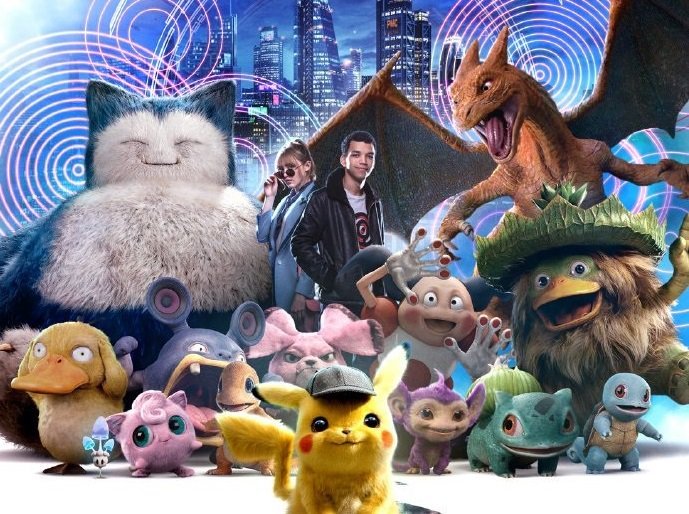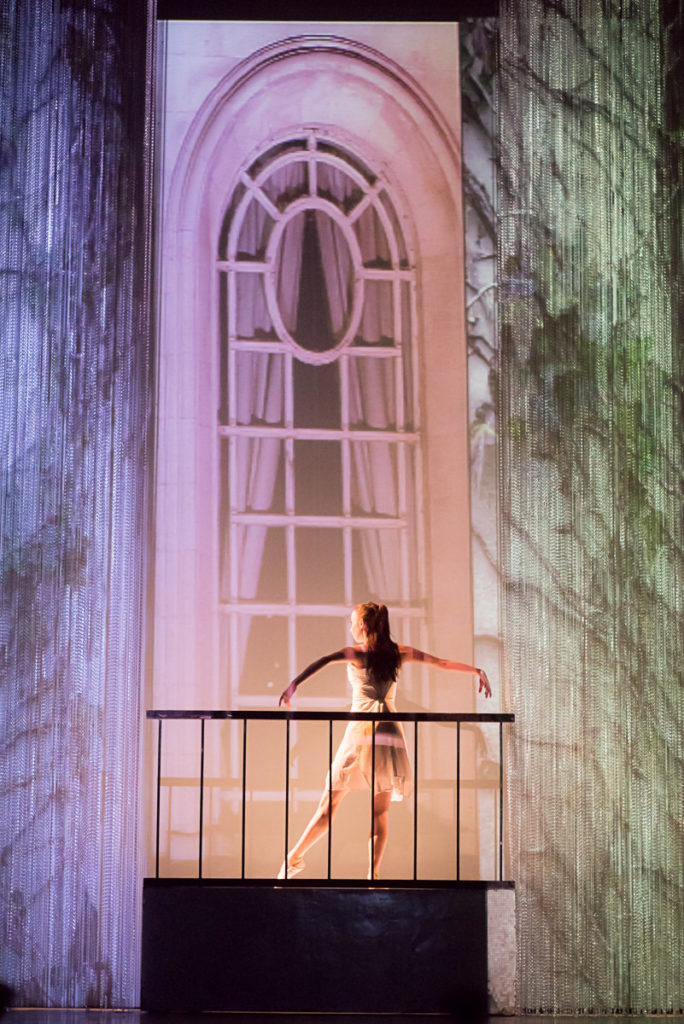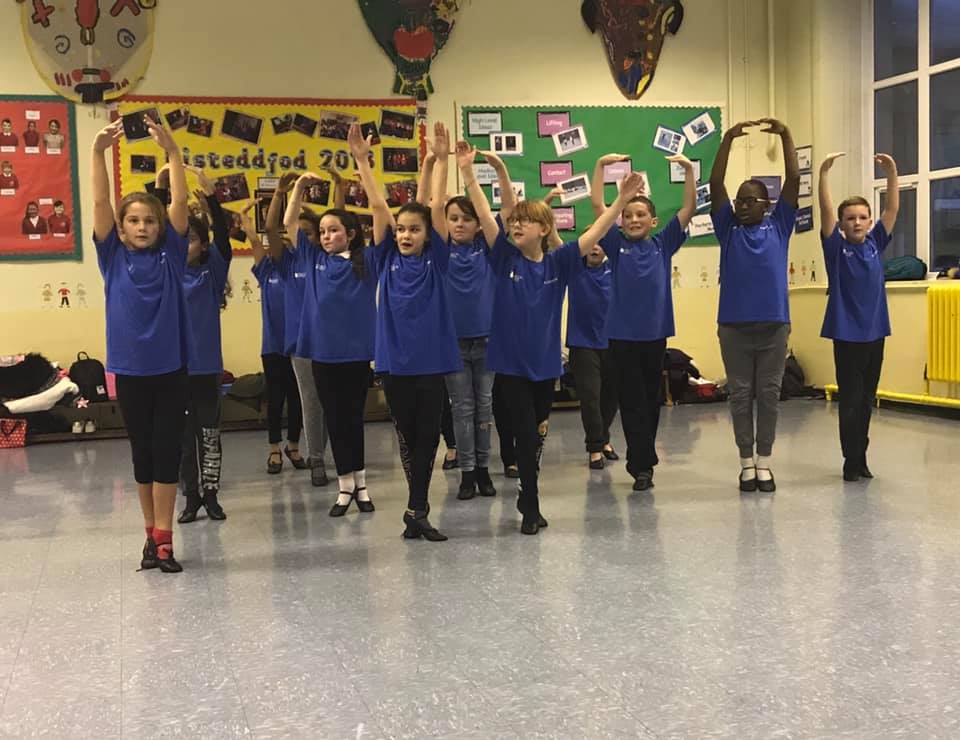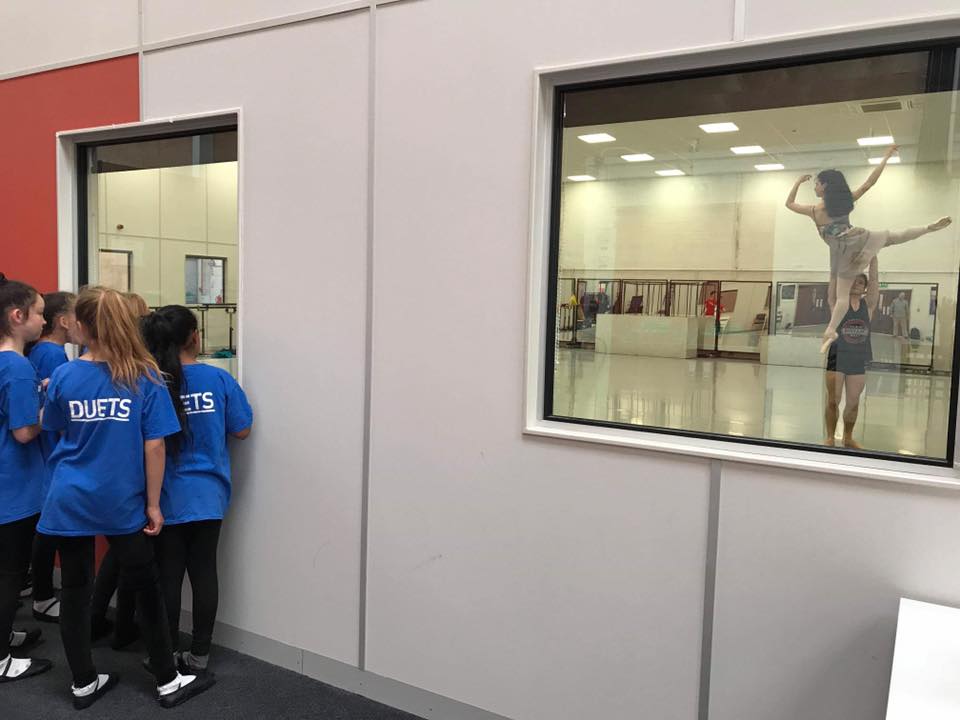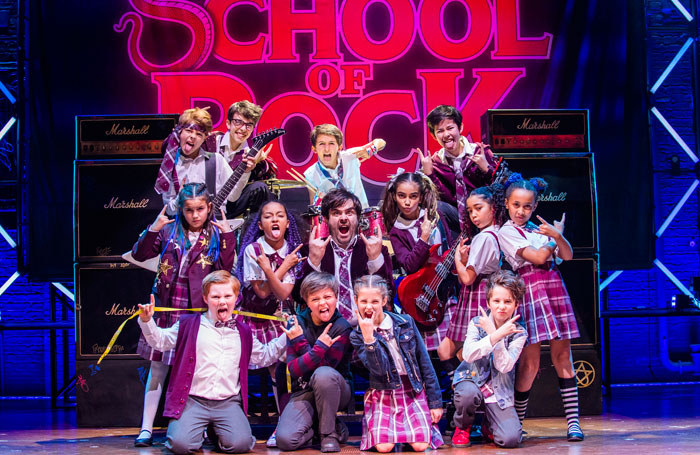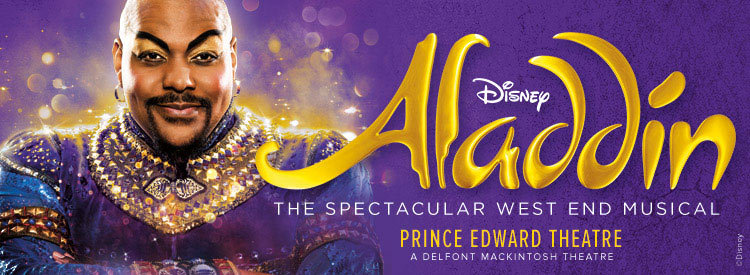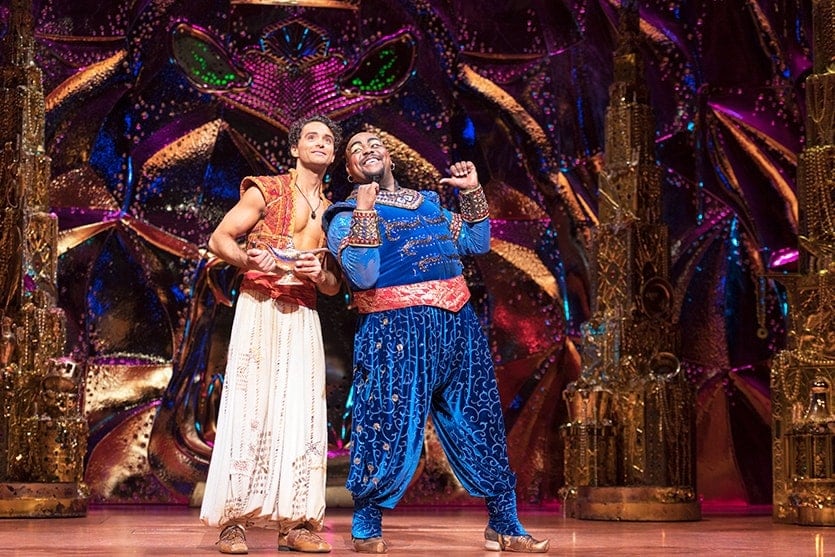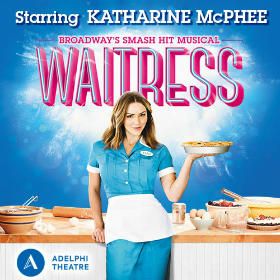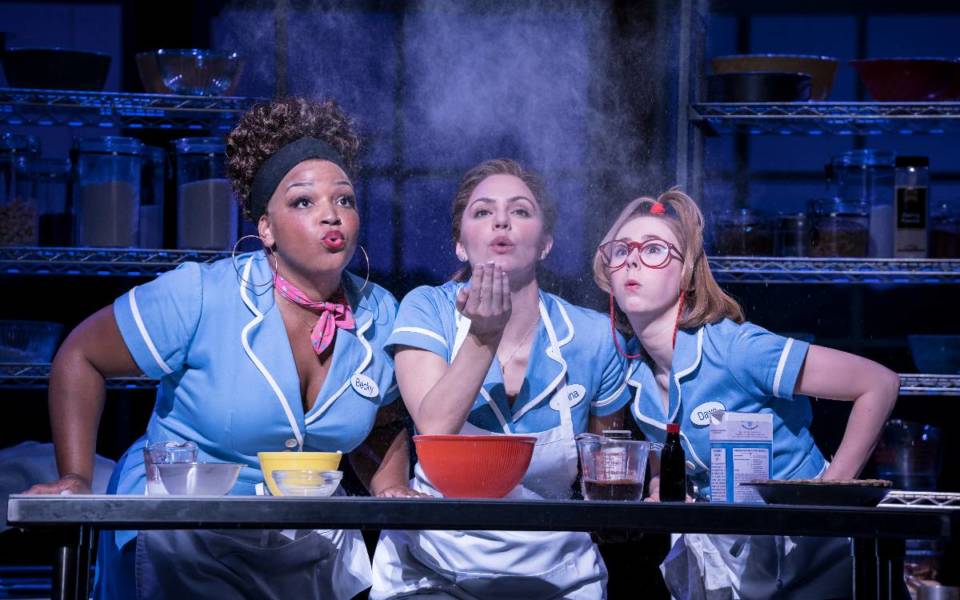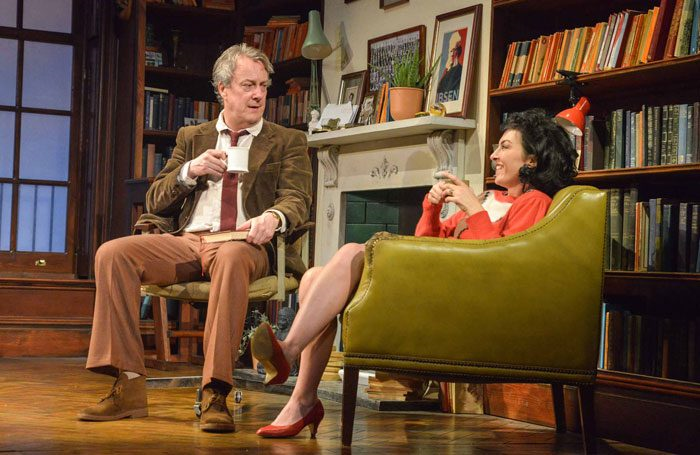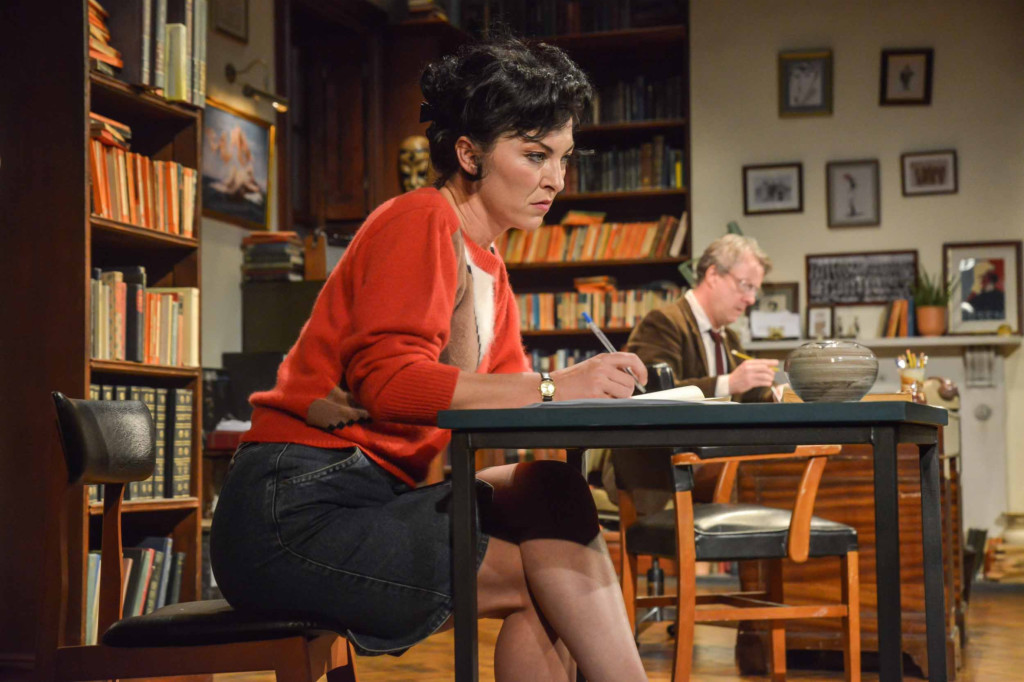
 (4.5 / 5)
(4.5 / 5)
A Night at the Musicals landed at the Wales Millennium Centre, it was a fun-filled evening where Broadway/West-End alumni performed a range of musical theatre songs. But for me, the highlight of this show was the Novello Orchestra. Unlike many of the other shows I have seen the Millennium this show had the orchestra perform on stage which I thought was really great as often the orchestra is forgotten about but this show made it extremely difficult to not appreciate them.

It was fantastic to see the skill and craftsmanship required to play in a musical orchestra and allowed the audience to appreciate them fully. This was only added to as the Conductor David Mahoney was also the compere for the evening. David was charismatic and hilarious throughout the show but he seemed to take full advantage of his charisma more so in the second act. This again was great to see as often times I know from experience that many conductors become awkward when acknowledged in the bows but for David to be so confident and charismatic was a nice change.

This show had a star-studded cast of musical theatre icons who each had fantastic songs to perform but also really interesting stories and connections to one another. They did however constantly pander to the audience and talked about how amazing the center is and how awesome Cardiff is which did become tedious after a while. The show opened with David Thaxton (of Phantom of the Opera, Only the Brave) who performed superstar from Jesus Christ Superstar. This was fantastic however it did take David a little while to warm up and the latter half of this show was incredible. This song choice was unexpected however as when songs from Jesus Christ Superstar was advertised I assumed it would be Gethsemane as that is the popular, often time show-stopping number, that many musical theatre fans adore but this selection allowed people to experience a song they probably never appreciated before.
My favorite performer in this production was John Owen-Jones (from Les Misérables, Phantom of the Opera, Tiger Bay The Musical) and as I had seen him in Tiger Bay I already had high expectations for his performing abilities and he managed to even surpass the already high standards I had set. His rendition of ‘Bring Him Home’ from Les Misérables was incredible and was definitely one of the best performances of the night. John also constantly promoted his albums which did become a running gag after a while and did cause a lot of laughter from the audience and the rest of the cast.

Kerry Ellis (of Les Misérables, Wicked) was out of this world. Her performance of ‘She Used To Be Mine’ rivalled that of London’s west end and ‘Anthem’ was an emotional performance that had many of the audience in tears. What made her performance even more incredible was that Kerry had lost a loved one on the day of the show but she still managed to perform at such a high standard. I know I personally would not be able to do this and Kerry remained professional. I would like to send my condolences to Kerry and her family at this difficult time.
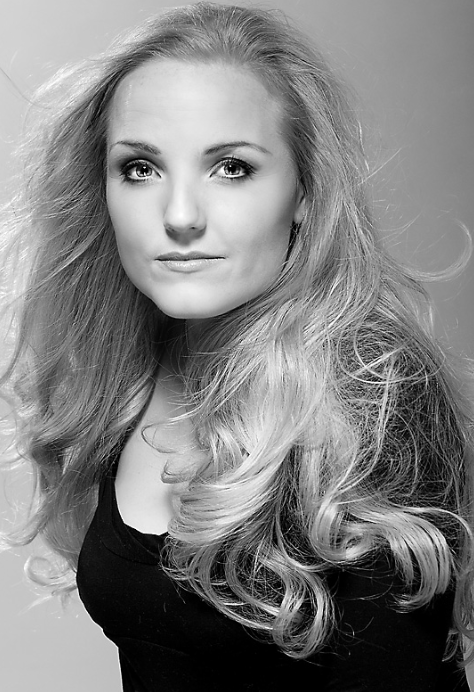
Danielle Hope (of Wizard of Oz, Rock of Ages, winner of the BBC’s Over The Rainbow) completed the line-up and performed an excellent duet with John. Again her vocals were flawless.

This show used a children’s chorus who were incredibly talented and there is definitely many stars in that school who have a very big future ahead of them. There was however a few microphone issues that affected one of the solo singers but apart from this, they performed fantastically.
Overall, this show was a celebration of musical theatre performed by the highest quality musical theatre icons. The singing was incredible, the banter between cast members was fun to watch and the fact they support local school and area was the icing on the cake. I would rate this production 4 and a half stars and you should make sure you catch the next performance in Cardiff which is ‘Movie Mixtape: Songs from the Silver Screen’ on the 17th November 2019 which promises to have an even more star-studded cast that this show and so it is one not to miss!
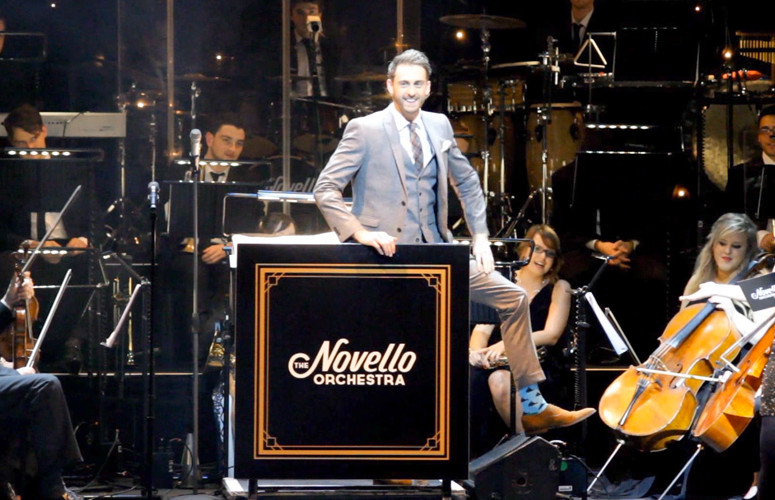

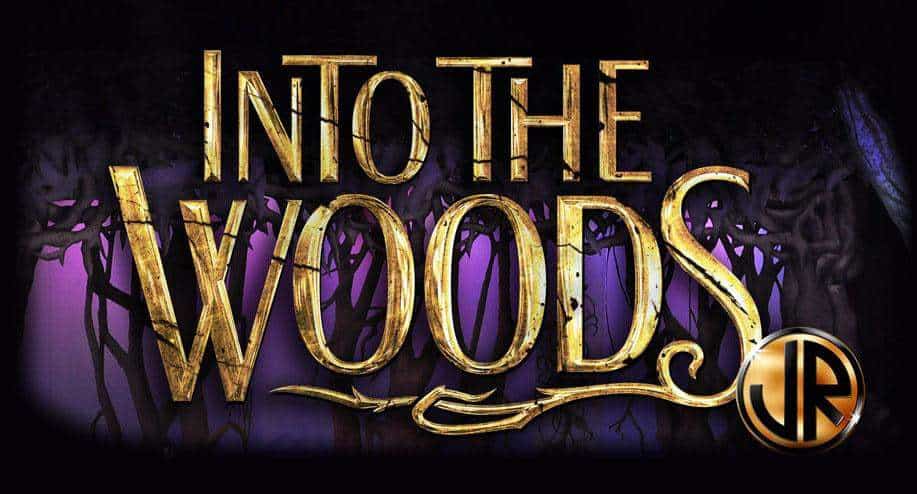
 (4 / 5)
(4 / 5)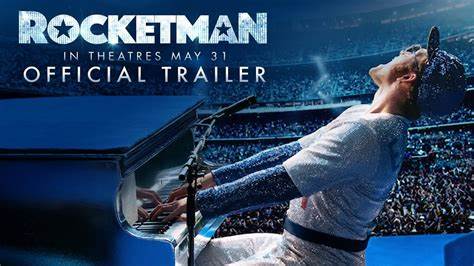
 (5 / 5)
(5 / 5)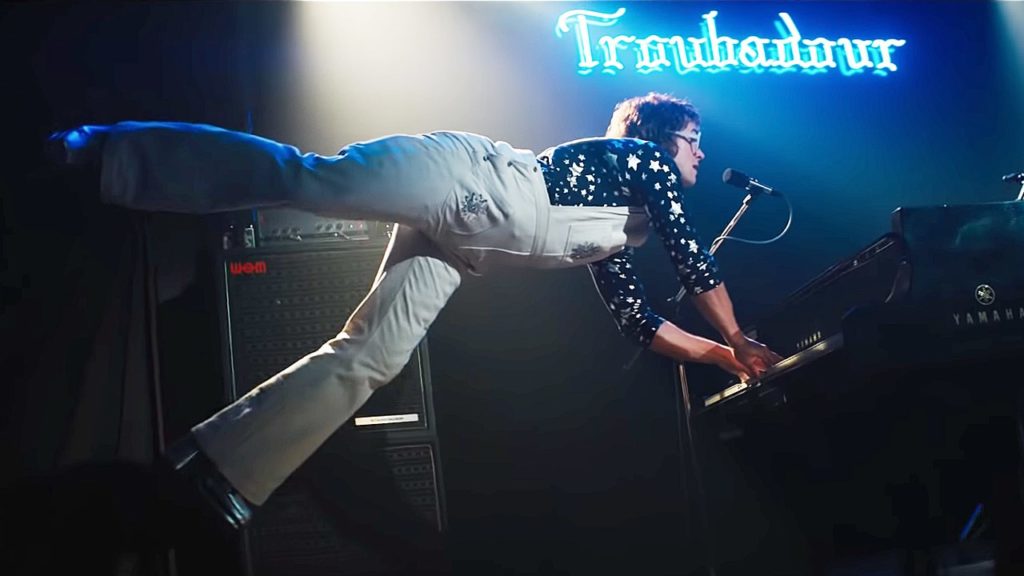

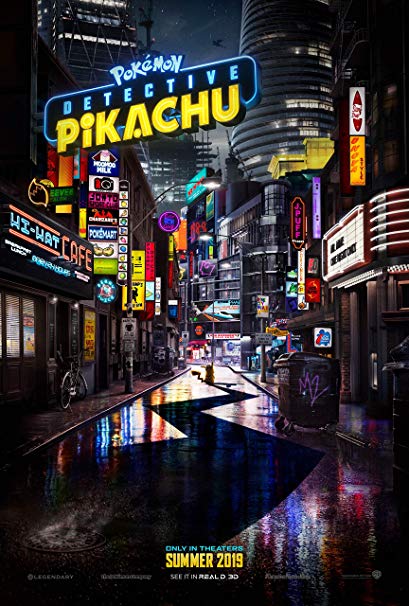
 (3 / 5)
(3 / 5)
 (3.5 / 5)
(3.5 / 5)